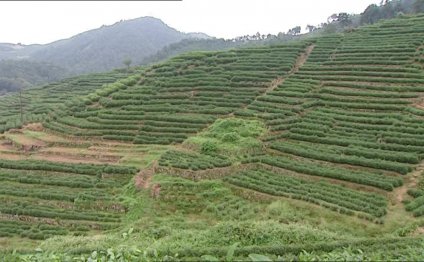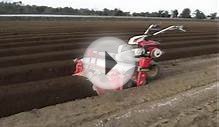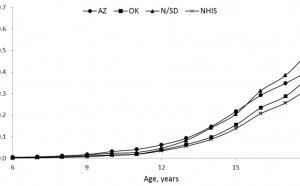|
Cultivation, Harvest, and Curing
We originally started growing and offering tobacco seeds as ornamental annuals. They are a quite magnificent plant with beautiful flowers making them a great selection for the back of flower beds. All of the seed varieties available here have interesting histories, were grown in different geographical locations, and cultivated for varied and different final uses. All grew well for us here in Oregon.
Pictorial of a Growing Cycle
|
|
|
|
| It starts with seeds. Seeds are sprinkled onto the surface of a sterile seed starting mix and watered in. |
Tiny seedlings emerge in about 10 days. |
Early July. This is actually about where the plants should be in early June. |
Early August. Again, about a month behind the optimum stage. |
|
|
|
|
|
| Flower heads are bagged for seed production. They are covered before the flowers open in order to maintain purity of the variety. For production of leaf, however, the plants are topped and later suckered as required. |
Early September. Note the plants are beginning to ripen (yellow). This is intended and desired for proper curing. There are some "dark leaf" varieties that cure from green to brown but TN86 cures from green to yellow to brown. |
Cut, wilted, and ready to stick. That is, using a tobacco spear on the end of a "tobacco stick" that has been driven into the ground, the stalks are pierces and threaded onto the stick. The sticks are then gathered and moved to the tobacco barns. |
For small scale, personal use growing, tying twine onto the stalk works just fine. Here is a stick ready for the barn. Other areas out of inclement weather and direct sunlight will work fine as well. For example, the rafters of a carport or garage. |
|
|
|
|
|
| Air curing in the barn. The warm days and cool nights of early fall are perfect conditions for curing tobacco leaf. |
At one week, yellow colors begin to change to varying shades of brown. |
At eight weeks the air curing process is nearly complete. |
Tobacco Spear
(aka Spud)
Courtesy David Pendergrass |
For more information about organic tobacco cultivation, click here.
After the tobacco has cured for a period from several months to several years, it is then and processed in many different ways. Most of these methods are proprietary and highly guarded secrets of the cigar masters. These processes are the reason why various tobacco products have such distinct aromas and flavors.
|
These are an example of amateur, homegrown and home rolled cigars. They represent a first, second, and third attempt after doing nothing more than researching and reading how it is done. Some of the informative informational links are found by clicking here. The antique mold below was used to put the finish form on the bundle. These were created using long leaf fillers - not shredded and pressed like machine manufactured (cheap) products.
|
|
Opposite Edge View
|
Edge View
|
Inside View |
Finished Robusto Shaped Cigars
Size: 50 ring X 5 inches |
Many of the variety descriptions above are from the book entitled, "Tobacco Leaf", 1897, by J. B. Killebrew, A. M., PH.D. and Herbert Myrick, B.S.
|















